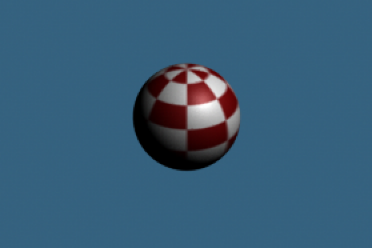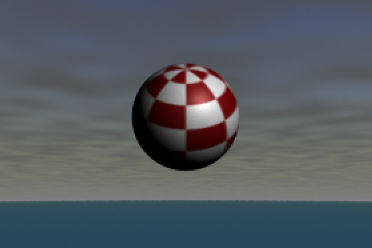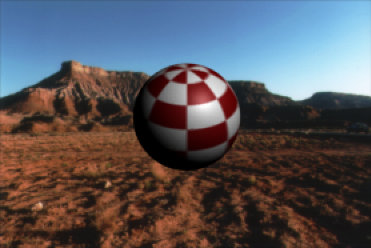Typically you render the objects in a scene against a black background and composite the rendered images later with an appropriate background using compositing software. However, you can insert a background:
- to avoid having to model background objects or scenery, but want them represented two dimensionally in your scene (especially if you don’t have access to compositing software).
- as a temporary reference (especially for rotoscoping or motion matching) for modeling or animating objects in the scene.
Color backgrounds
A color background floods the background of the rendered scene with a solid color (for example, black, white, or red).

To create a basic color background for the current camera
- Select View > Camera Attribute Editor from the panel menus.
- In the Attribute Editor, under the Environment section, set the Background Color attribute.
Texture backgrounds
A texture background uses a 2D, 3D, or environment texture on an image plane to simulate a 3D background, or environment.

To create a texture background
- Select View > Camera Attribute Editor from the panel menus.
- In the
Attribute Editor, under the
Environment
section, click the
Create
button to the right of the
Image Plane attribute.
This creates an image plane and connects it to the camera.
- Set the Type attribute for the image plane to Texture.
- Click the texture icon
 next to the
Texture
attribute.
next to the
Texture
attribute.
- In the
Create Render Node window that appears, select the texture you want to use as a background (for example, an
Environment Texture).
This connects the texture to the image plane.
Image file backgrounds
Image planes let you use an image file, a series of image files, or a movie as a background. Refer to the Image planes section for more topics.
